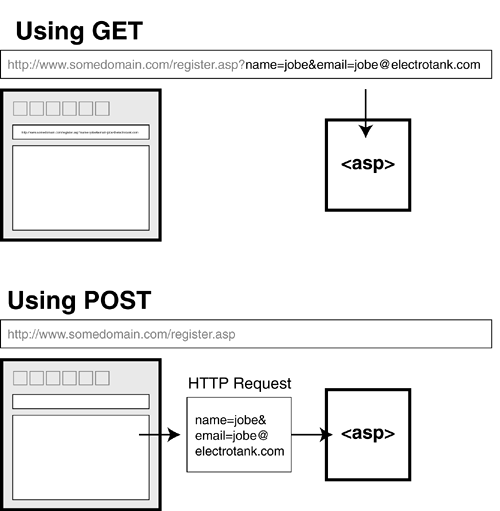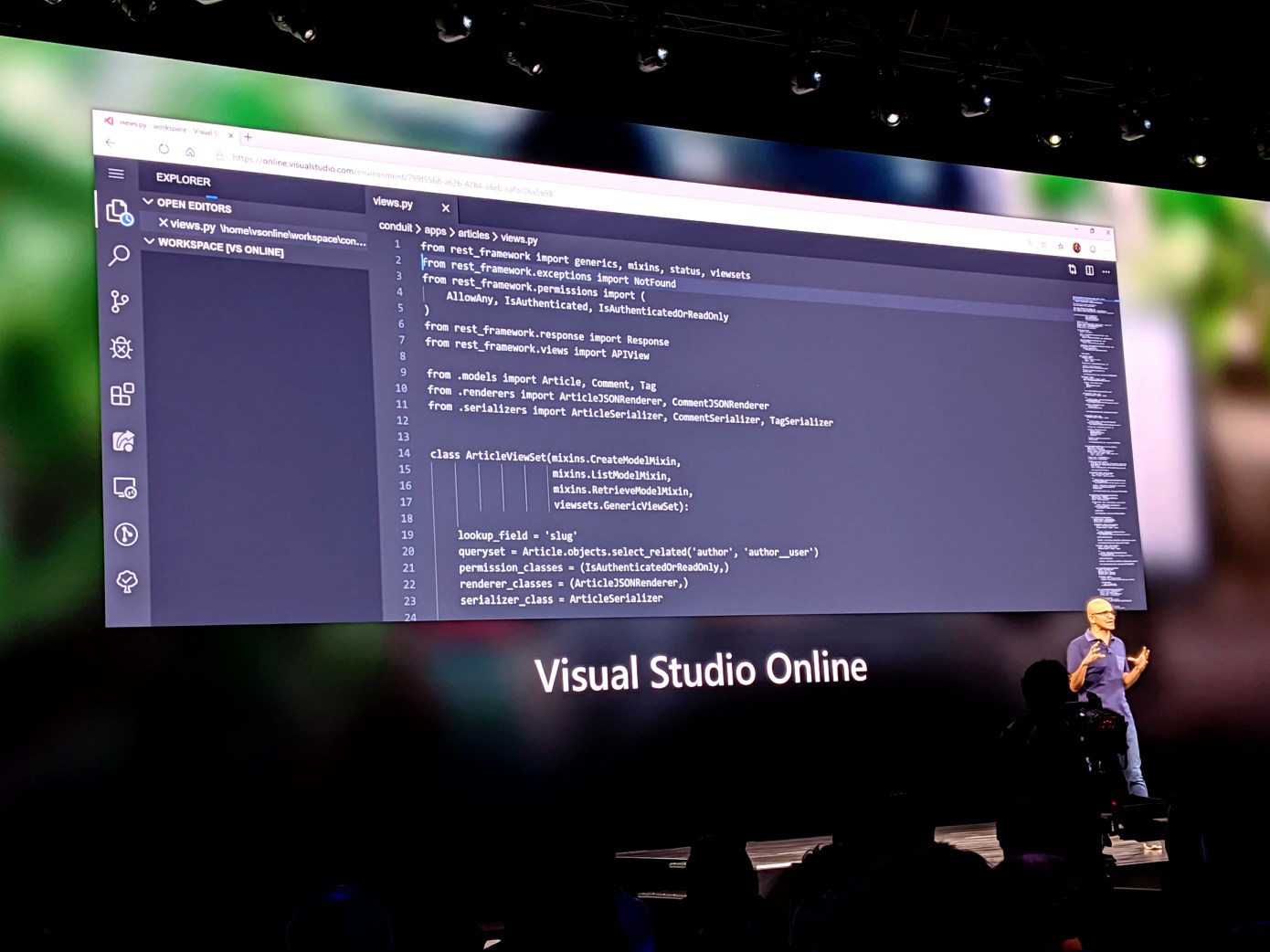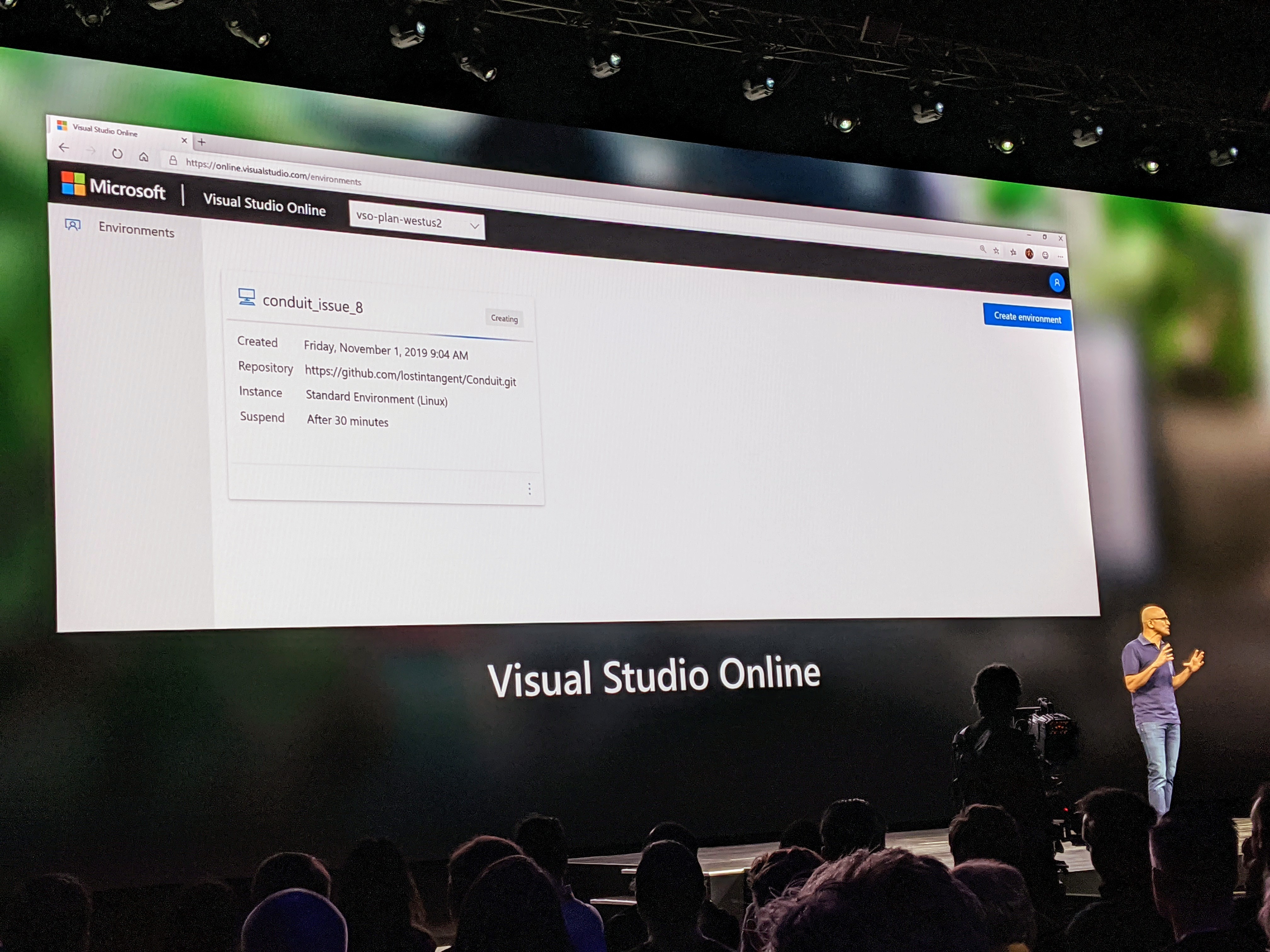
This article exemplifies methods for performing several tasks and queries over a set of records in a List.
Sometimes if you have a set of records in a List, it becomes quite easy to query on a list using a Lambda Expression. This article exemplifies methods for performing several tasks and queries over a list. Create a new console project and go to Program.cs See sample code below.
using System;
using System.Collections.Generic;
using System.Linq;
using System.Text;
namespace LamdaExpressionsOnList
{
class Program
{
static void Main(string[] args)
{
//Your Code
}
}
}
Suppose we have a “Person” class that has the following members:
class Person
{
public string SSN;
public string Name;
public string Address;
public int Age;
public Person(string ssn, string name, string addr, int age)
{
SSN = ssn;
Name = name;
Address = addr;
Age = age;
}
} Now we create a list of the Person objects in which we have to perform several operations like finding a person on certain conditions, removing a person’s record etc. These types of operations can be easily performed using a “Lambda Expression”. We create the list and populate them in the following way:
List<Person> listPersonsInCity = new List<Person>();
listPersonsInCity.Add(new Person("203456876", "John", "12 Main Street, Newyork, NY", 15));
listPersonsInCity.Add(new Person("203456877", "SAM", "13 Main Ct, Newyork, NY", 25));
listPersonsInCity.Add(new Person("203456878", "Elan", "14 Main Street, Newyork, NY", 35));
listPersonsInCity.Add(new Person("203456879", "Smith", "12 Main Street, Newyork, NY", 45));
listPersonsInCity.Add(new Person("203456880", "SAM", "345 Main Ave, Dayton, OH", 55));
listPersonsInCity.Add(new Person("203456881", "Sue", "32 Cranbrook Rd, Newyork, NY", 65));
listPersonsInCity.Add(new Person("203456882", "Winston", "1208 Alex St, Newyork, NY", 65));
listPersonsInCity.Add(new Person("203456883", "Mac", "126 Province Ave, Baltimore, NY", 85));
listPersonsInCity.Add(new Person("203456884", "SAM", "126 Province Ave, Baltimore, NY", 95)); Now we see how we can do various complex operations on the list using a one-line simple Lambda expression.
1. The following code retrieves the first two persons from the list who are older than 60 years:
Console.WriteLine("\n-----------------------------------------------------------------------------");
Console.WriteLine("Retrieving Top 2 aged persons from the list who are older than 60 years\n");
foreach (Person person in listPersonsInCity.FindAll(e => (e.Age >= 60)).Take(2).ToList())
{
Console.WriteLine("Name : " + person.Name + " \t\tAge: " + person.Age);
}
2. The following code checks any person’s age that is between 13 and 19 years:
Console.WriteLine("\nChecking whether any person is teen-ager or not...");
if (listPersonsInCity.Any(e => (e.Age >= 13 && e.Age <= 19)))
{
Console.WriteLine("Yes, we have some teen-agers in the list");
}
3. The following code checks whether all the people’s ages are greater than Ten years or not:
Console.WriteLine("\nCheking whether all the persons are older than 10 years or not...");
if ( listPersonsInCity.All(e => (e.Age > 10)))
{
Console.WriteLine("Yes, all the persons older than 10 years");
}
4. The following code gets the average of all the people’s ages:
Console.WriteLine("\nGetting Average of all the person's age...");
double avgAge = listPersonsInCity.Average(e => e.Age);
Console.WriteLine("The average of all the person's age is: "+ avgAge);
5. The following code checks whether a person having the name ‘SAM’ exists or not:
Console.WriteLine("\nChecking whether a person having name 'SAM' exists or not...");
if (listPersonsInCity.Exists(e => e.Name == "SAM"))
{
Console.WriteLine("Yes, A person having name 'SAM' exists in our list");
}
6. The following code checks at what position a person having the name ‘Smith’ exists in the list:
Console.WriteLine("\nChecking the index position of a person having name 'Smith' ...");
int indexForSmith = listPersonsInCity.FindIndex(e => e.Name == "Smith");
Console.WriteLine("In the list, The index position of a person having name 'Smith' is : " + indexForSmith);
7. The following code retrieves the oldest person in the list:
Console.WriteLine("\nGetting the name of the most aged person in the list ...");
Person p = listPersonsInCity.First(m=> m.Age == (listPersonsInCity.Max(e => e.Age)));
Console.WriteLine("The most aged person in our list is: "+ p.Name +" whose age is: "+ p.Age);
8. The following code gets the total of all the people’s ages:
Console.WriteLine("\nGetting Sum of all the person's age...");
int sumOfAges = listPersonsInCity.Sum(e => e.Age);
Console.WriteLine("The sum of all the persons's age = "+ sumOfAges);
9. The following code skips each person whose age is less than 60:
Console.WriteLine("\nSkipping every person whose age is less than 60 years...");
foreach (Person pers in listPersonsInCity.SkipWhile(e => e.Age < 60))
{
Console.WriteLine("Name : "+ pers.Name + " \t\tAge: "+ pers.Age);
}
10. The following code retrieves all the people until we find a person with a name beginning with any letter other than “S” :
Console.WriteLine("Displaying the persons until we find a person with name starts with other than 'S'");
foreach (Person pers in listPersonsInCity.TakeWhile(e => e.Name.StartsWith("J")))
{
Console.WriteLine("Name : " + pers.Name + " \t\tAge: " + pers.Age);
}
11. The following code checks whether all the people have their SSN or not:
Console.WriteLine("\nChecking all the persons have SSN or not ...");
if(listPersonsInCity.TrueForAll(e => e.SSN != null))
{
Console.WriteLine("No person is found without SSN");
}
12. The following code removes all the people having the name “SAM”:
Console.WriteLine("\nRemoving all the persons record from list that have "SAM" name");
listPersonsInCity.RemoveAll(e => (e.Name == "SAM"));
if (listPersonsInCity.TrueForAll(e => e.Name != "SAM"))
{
Console.WriteLine("No person is found with 'SAM' name in current list");
}
13. The following code searches for the person having “203456876” as their SSN:
Console.WriteLine("\nFinding the person whose SSN = 203456876 in the list");
Person oPerson = listPersonsInCity.Find(e => (e.SSN == "203456876"));
Console.WriteLine("The person having SSN '203456876' is : " + oPerson.Name + " \t\tAge: " + oPerson.Age);
Lambda Expressions are a powerful addition to C# Programming. This article attempts to describe lambda expressions in simple terms to pave the way for some powerful uses of this construct.

















